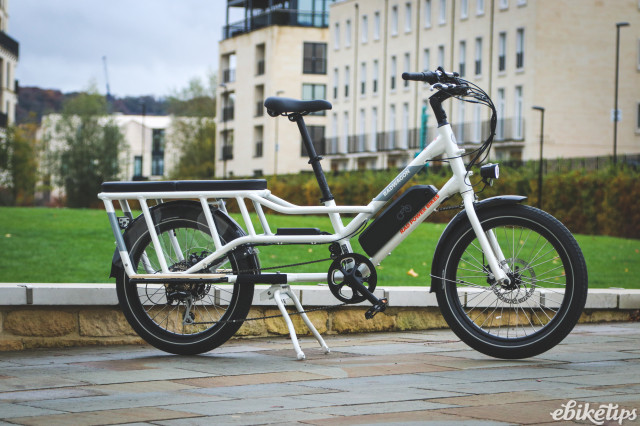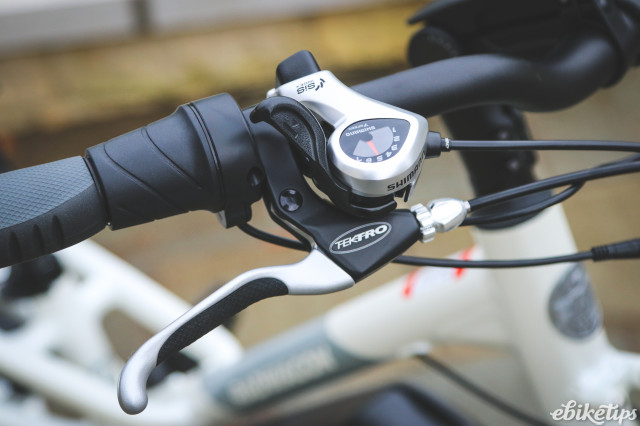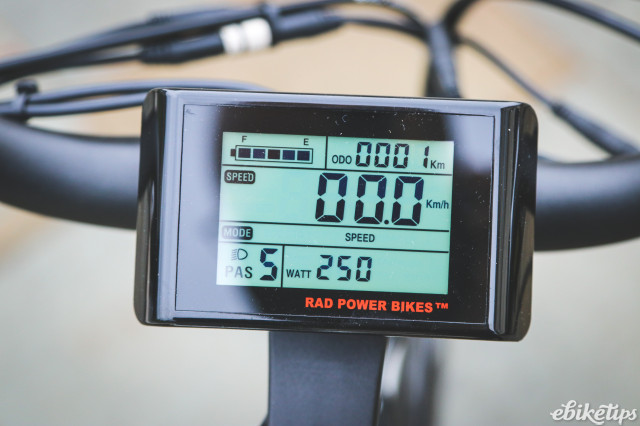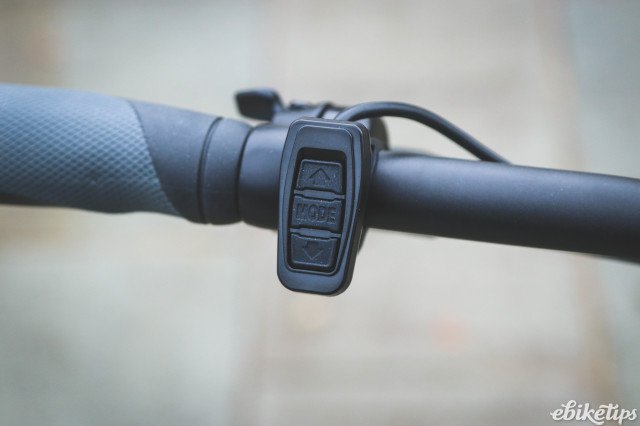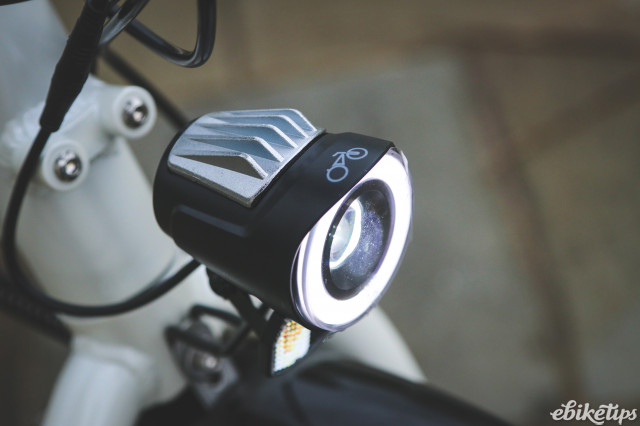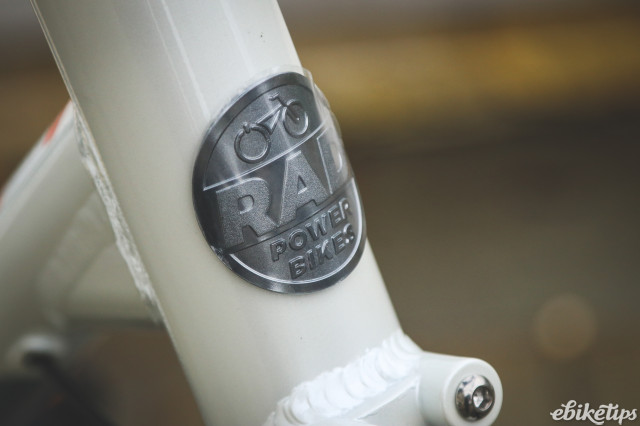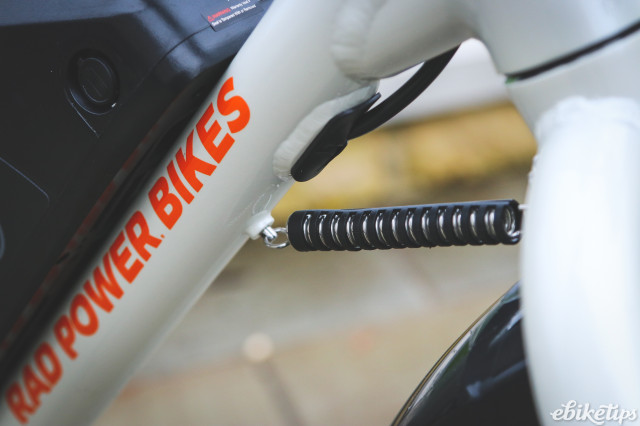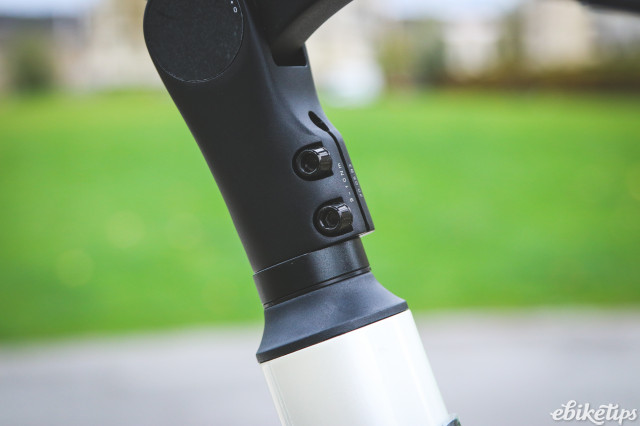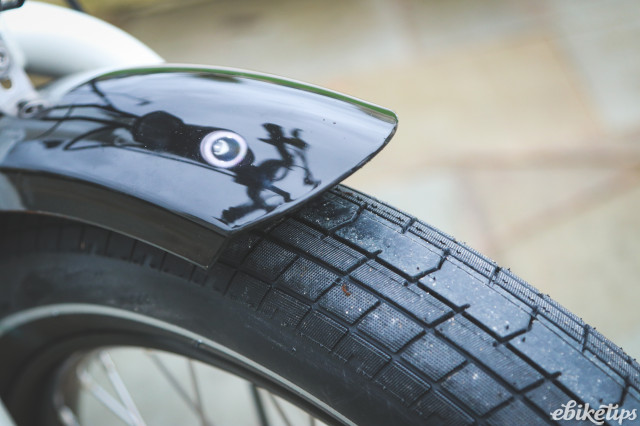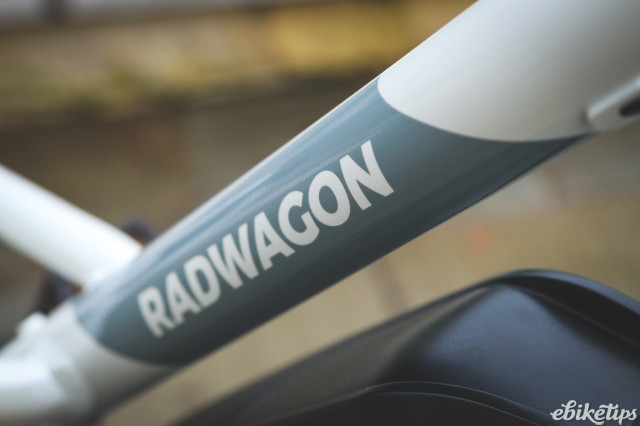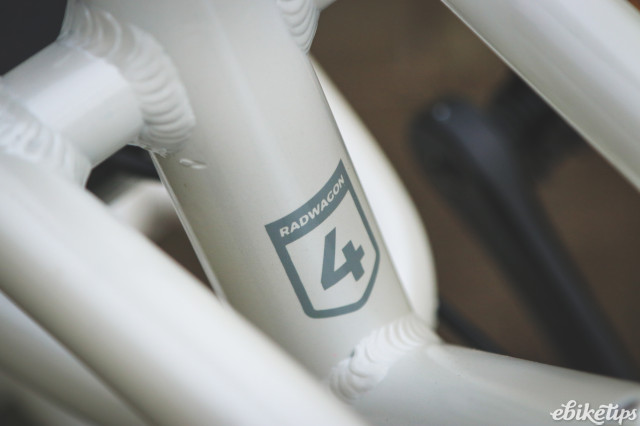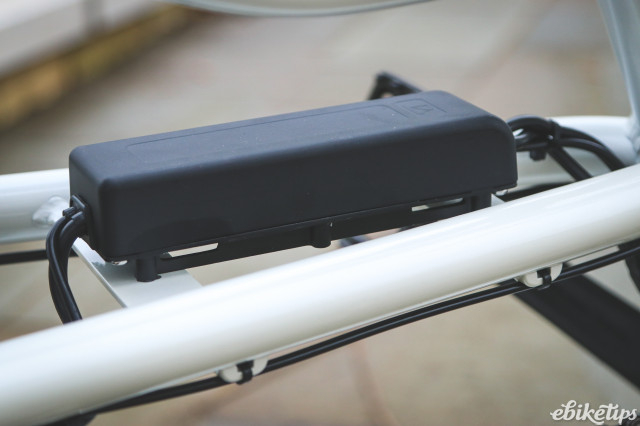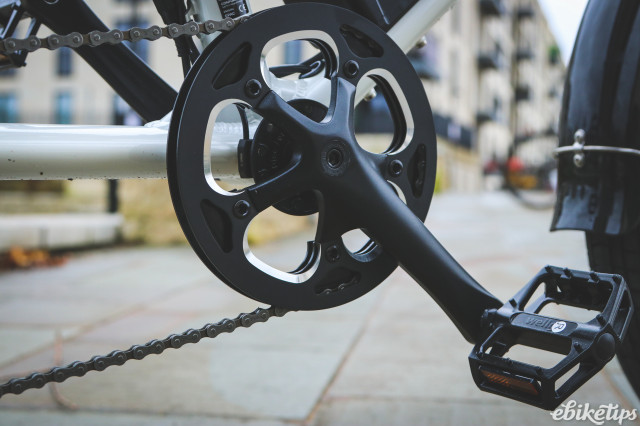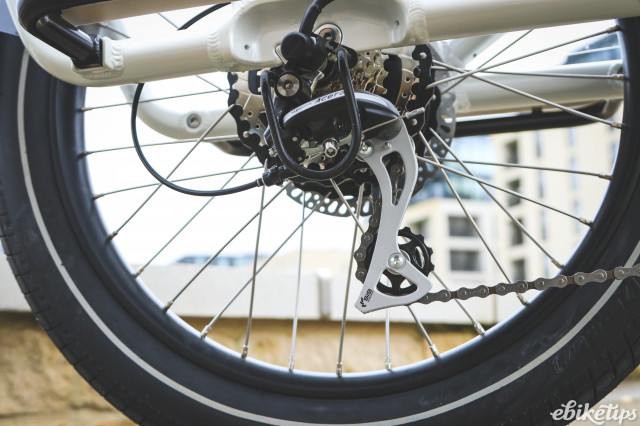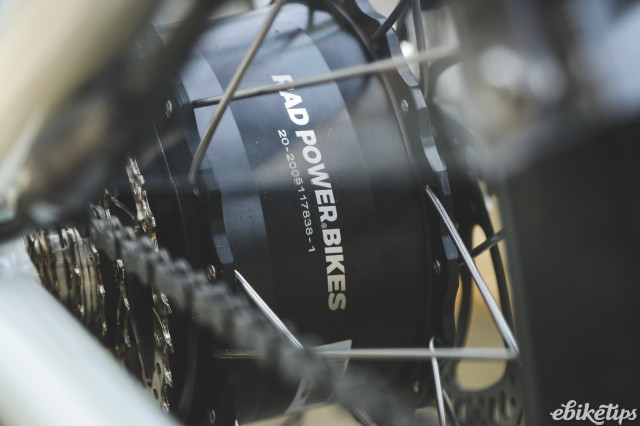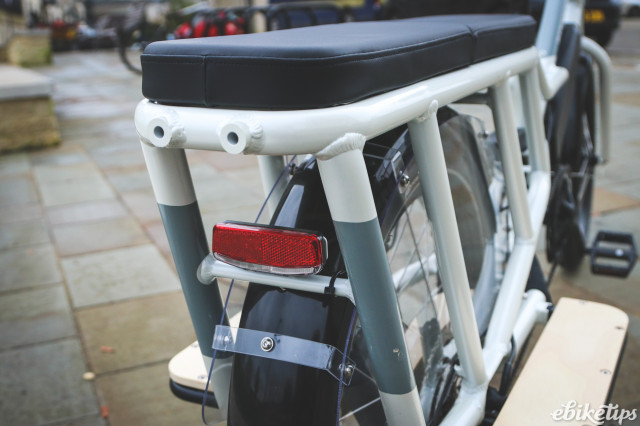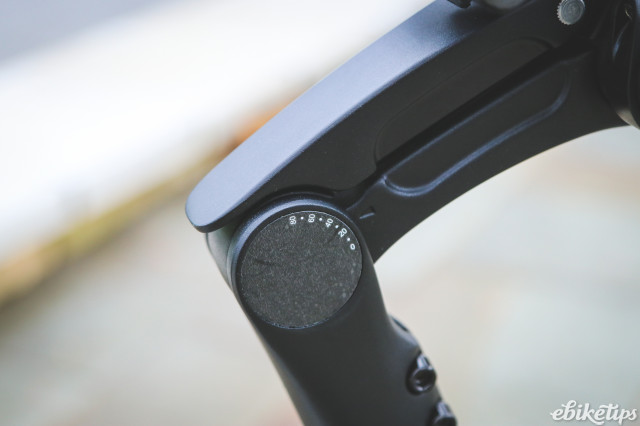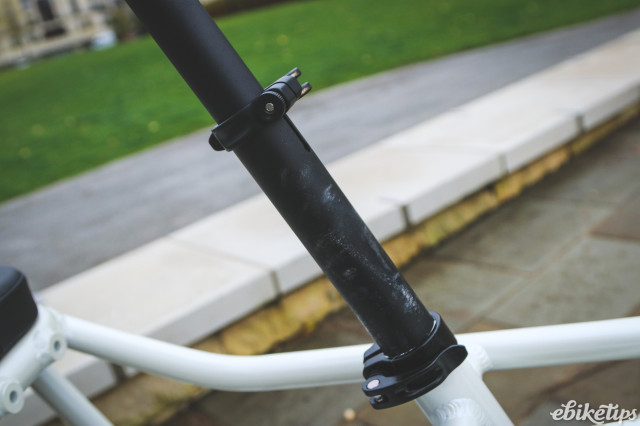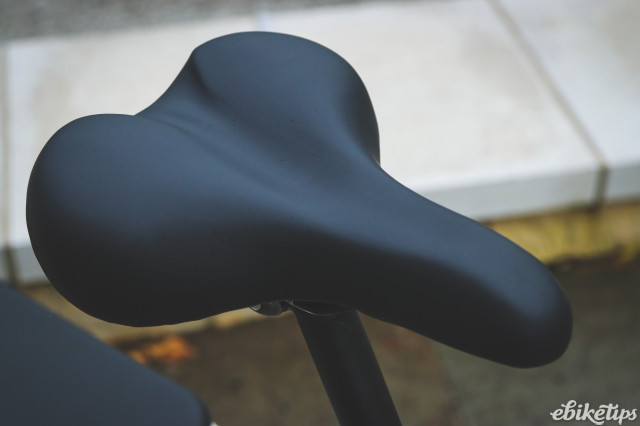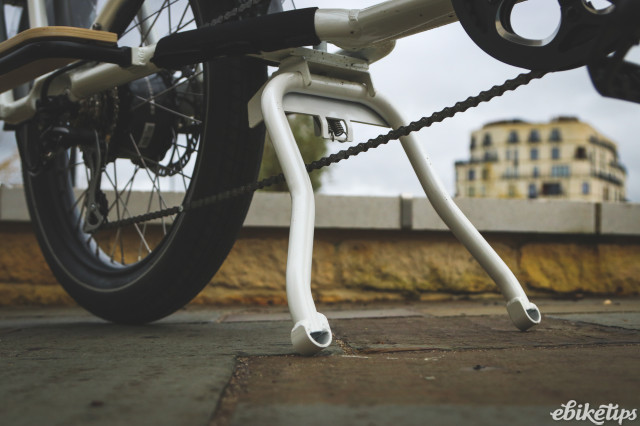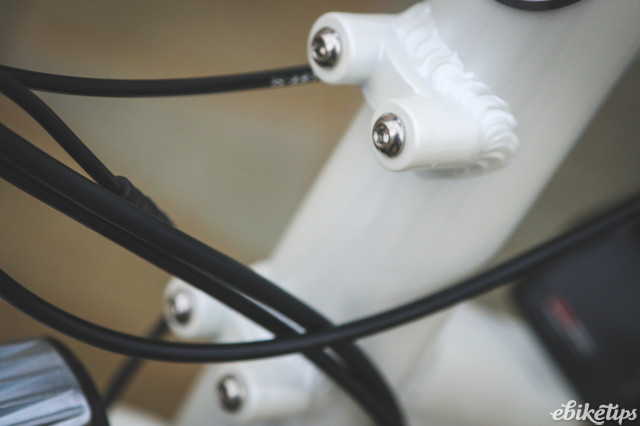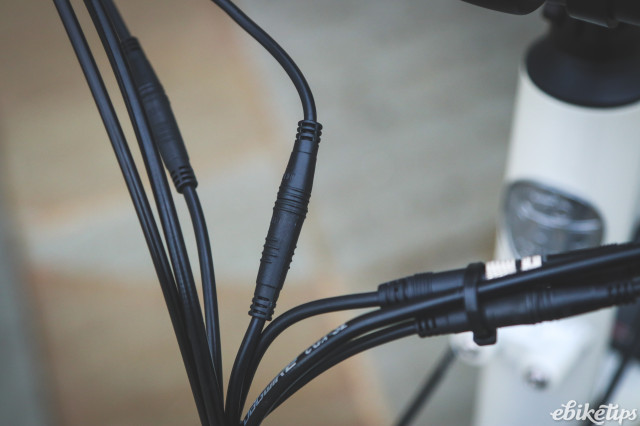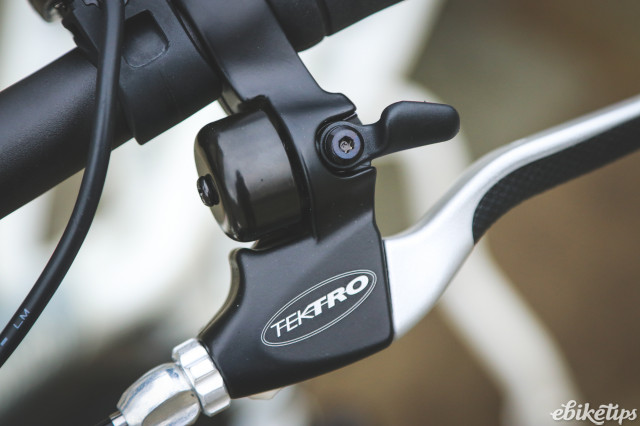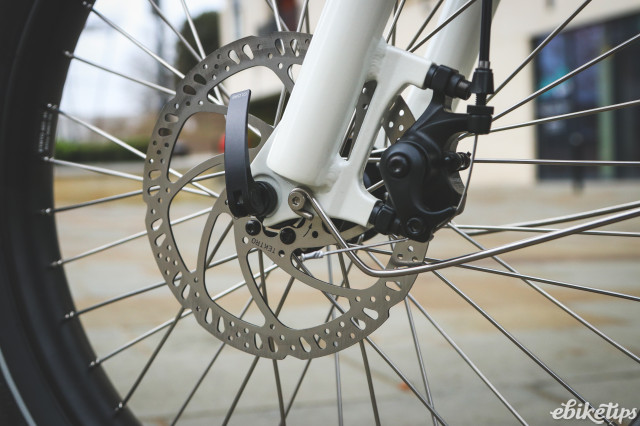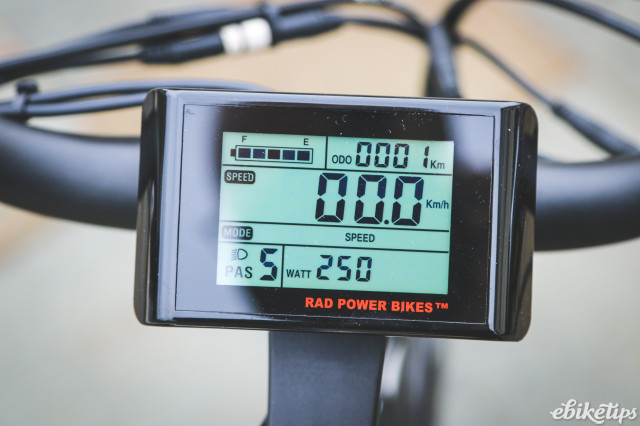Rad Power Bikes Radwagon 4
Overview
- A stone-cold bargain
- Wide range of accessories
- Good range
- Under-powered on hilly terrain
- Some fairly basic componentry
If you’re looking to dip your toe into the waters of cargo biking, then the Rad Power Bikes Radwagon 4 is a brilliant first bike. It’s very usable and easy to ride, and you can get accessories to carry all kinds of things. The motor’s not powerful enough to haul big loads up big hills, and some of the bits won’t survive too much heavy use, but it’s still a bargain.
The RadWagon has been about for a considerable while, and you won’t be surprised to learn that the RadWagon 4 is, erm, the fourth generation. It’s a significant update: the bike has been redesigned around a smaller wheelset, which makes it more compact and brings the centre of gravity of the load area down.
They look like 20” wheels but in fact they’re 22”, which we didn’t even know was a wheel size, and they’re running on 3” tyres custom made for Rad Power Bikes by Vee Tire. Chances are those are the only 22” tyres you’ll easily find, so it’s good news that they’re really nice, big bouncy moto-style rubber that offers plenty of grip and cushioning.
It’s hard to look at the RadWagon 4 and not see similarities to one of our very favourite bikes, the Tern GSD: it’s the same basic shape and is designed to have the same kind of versatility. The integrated rear rack can take two child seats, or seat pads for two bigger kids, and you can fit a retaining bar to stop them falling off.
For cargo Rad Power Bikes make large-capacity Ballard cargo bags that can swallow up to 70 litres of shopping, and you also can fit a front basket to hold your case of beer. Loading the bike up is easy enough thanks to the slightly agricultural steel kickstand, which would definitely benefit from some non-slip feet, not least to stop you scratching the hell out of anywhere you park it.
Like the GSD there’s a double-telescopic seatpost and a no-tools-adjustable stem, and it’s pretty straightforward to quickly swap between two riders of different sizes. Pretty much anyone will fit, even though the frame is a single size.
The motor system in the RadWagon 4 matches a surprisingly big 672Wh frame-mounted battery with a rear hub motor, with an LCD display and remote on the bars. Rad Power Bikes claim the motor kicks out 80Nm, and it doesn’t, at least not in a comparable way to other motors claiming the same thing.
80Nm is more or less the output of one of Bosch’s top-tier mid drive units, which even on a 35kg cargo bike would have me cruising up my benchmark hill (1.5km at 5% average, with a 12% bit) like I wasn’t even trying. That’s not my experience on this bike. It’ll get up the hill with me on it, but this is a heavy bike and as soon as the gradient starts to ramp up you’ll begin to notice that.
On lesser gradients that means going more slowly, rather than having to work harder. Once the gradient approaches double figures, you’ll be doing a decent proportion of the work yourself, even unloaded. Add a 30kg weekly shop, or a couple of kids on the bench seat, and it’s more of a struggle.
The 11-34 cassette on the bike has a good range, although it’s a big old jump to the 34T bail-out gear, and once you’re down there it’ll need to flatten out considerably before you’ll want to make the jump back to a higher gear.
It’s worth saying at this point that all this may not be an issue for you. The heaviest thing you might normally carry might be the weekly shop, and the biggest hill you have to navigate might be a bridge over the railway. But it’s worth noting that unlike more expensive and more powerful cargo bikes, the RadWagon isn’t ideal for all situations. It’s not bad, by any means. But whereas I could give my son Joel (12, 60kg) a lift back from school up the hill on something like the Tern GSD or the Benno Boost E without a second thought, on the RadWagon you’ll need to commit to a significant effort for the same journey.
Once you’ve crested the hill and you’re hurtling down the other side, you’ll be relying on a set of cable disc brakes to slow you down, which are less powerful than the hydraulics you’ll find on more expensive bikes. That was never a big issue though, with the small wheels giving the discs a larger effective diameter compared to full-size city bike wheels.
The overall ride experience of the bike is good: It’s pretty comfortable considering how heavy and stiff the frame is, thanks mostly to the good tyres. The gears can be a bit agricultural, especially when you’re dropping down to the lowest gear, but Shimano derailleurs are incredibly dependable even this far down the range. The riding position is good for comfortable town riding, the big saddle fairly comfy for the kind of distances you’ll be covering on a bike like this.
Range is very good, helped by the generous battery capacity. I was getting around 35-40km of hilly riding out of the 672Wh battery. That’s far below Rad Power Bikes’s 88+km stated range but it’s a bit all-or-nothing round here, there’s very little cruising on a mid-power setting on my commute. If you live somewhere flatter you can expect to get a lot nearer the claimed range without too much trouble.
The control system isn’t too affected by motor load, so if you’re slogging up a big hill the battery bars won’t drop down to worrying levels before magically reappearing on the flat a bit later. Sometimes it loses a single bar if you’re working hard, so it’s not perfect, but it’s better than a lot of cheaper systems.
This is by any reasonable reckoning a very cheap e-cargo bike, and you can’t expect miracles for £1,599, but you’re certainly getting a lot of bike for your money. In a purely physical sense, on one hand: there’s a lot of metal here. But also it’s a good bike for the money. There’s cheap equipment on it, sure, and day-to-day use with heavy loads would probably take its toll. But overall it’s well-considered, and given the constraints of the price point I’d say that Rad Power Bikes have done a really good job with the spec.
It’s impossible not to compare this bike with the Tern GSD, and it’s objectively not as good in most ways. But it’s a third of the price, and it might be that it’s all the cargo bike you need. That will depend on what you use it for and, to an extent, where you live. If you want to get a bike that can cart kids and shopping around, and you live somewhere that’s not too challenging in terms of its terrain, and your budget doesn’t stretch to a more expensive mid-motor cargo bike, then the RadWagon is easy to recommend.
Think of it as a gateway drug. Maybe you’ll never go further, maybe you’ll end up moving house by bike five years down the line. Either way, this is a good start.
